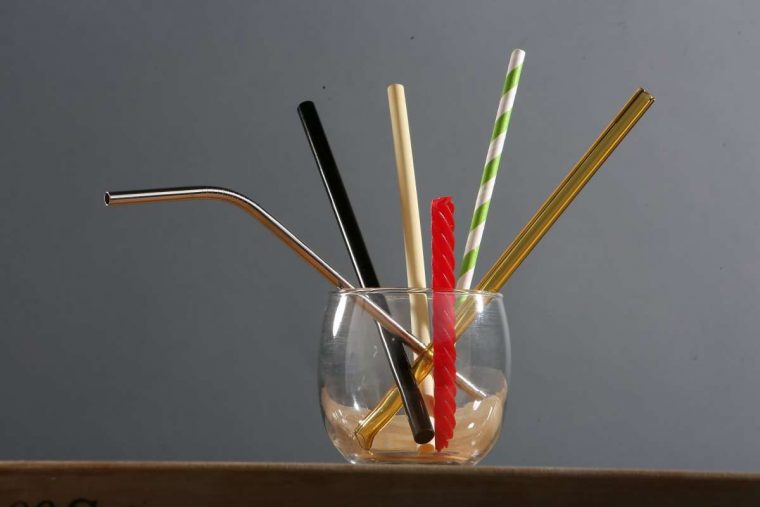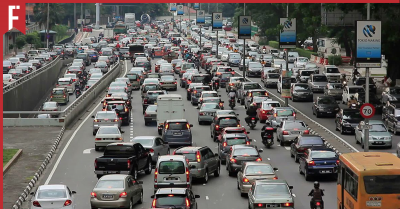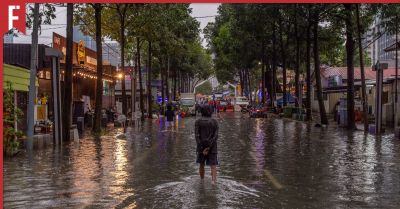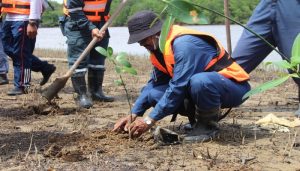
The first time I was introduced to the concept of metal straws was during a family dinner a few years back. When our drinks arrived, my sister asked the waiter to take away the plastic straw.
“Don’t worry about me,” she said, pulling a little case out of her handbag. “I brought my own straw.”
I swallowed my first instinctive response (“How much did you pay for that?”), instead opting to go with the more diplomatic approach: “But why?”
“Plastic straws are bad for the environment, you know.” She replied, sticking a shiny new metal tube into her glass of teh ais limau. “They just get thrown away after one use and then turtles get hurt when they eat them. These are better because they’re reusable.”
5 Strange Myths About Sustainable Living
Over the years, I’ve learned that metal straws are only a small part of having a sustainable, environmentally friendly lifestyle. Our generation is more environmentally aware than ever, and many of us feel obliged to try to give back to the planet in some way.
Of course, not all “green” lifestyle changes are very effective. In fact, some can actually be counterproductive – looking good on the surface but causing more damage in the background. I’ve come across a variety of sustainable living myths – some true, some false, and some just plain weird. For those of you who are thinking of adopting a greener lifestyle, here are some of the biggest myths out there.
1) Metal Straws

Are metal straws actually environmentally friendly or are they just a big scam?
Nowadays, it feels like everyone has a metal straw in their handbag, ready to be whipped out at a moment’s notice. On the plus side, metal straws are perfectly safe (as long you clean them properly) and they definitely help to reduce the amount of waste being sent to the landfill. Unfortunately, metal straws aren’t perfectly green either – in fact, the carbon cost of producing a single metal straw is equal to 150 plastic straws! That said, metal straws can still be better for the environment in the long run as long as you’re using them regularly.
2) Organic Food

Does paying extra for organic really help the environment?
Now granted, certified organic food is generally more nutritious compared to regular food as it’s free from harmful pesticides, antibiotics, or growth hormones. But on the other hand, it’s also way more expensive as a result. In the end, it’s up to you to decide whether or not the cost is worth it. For those who can’t afford to splurge but still want to help the environment, try prioritizing locally made goods whenever possible as they help to reduce your carbon footprint.
3) Tote Bags

Are tote bags actually better than plastic?
Reusable tote bags not only reduce the amount of waste being sent to our landfills but are also biodegradable, meaning that they won’t stick around forever like plastic bags. Unfortunately, they also require a lot more resources to make compared to plastic bags. In fact, you need to use a single canvas tote bag 130 times to match the environmental impact of plastic bags! For those who want a more sustainable lifestyle, try reusing old plastic bags rather than buying new tote bags.
4) Vegetarian diets

Are vegetarian diets better for our environment?
It’s been proven that raising livestock – especially beef – uses up a lot of land and resources. In comparison, vegetarian diets tend to have lower carbon, water, and ecological footprints. Vegan diets, which avoid all animal based products, are even better. On the flip side, such diets can require a lot of planning and preparation, especially if you have any medical issues. If you don’t think you can handle a 100% meat-free diet, try adopting a “flexitarian” diet which has only one portion of meat a day.
5) Ride Sharing Services

Are ride sharing services environmentally friendly?
No. While the idea of “less cars = less pollution” seems to make sense on the surface, a closer look reveals that things are never quite so straightforward. It doesn’t matter whether you drive somewhere yourself or call a Grab to send you there – the same amount of pollution is being emitted. Aside from that, think about all the miles the Grab driver goes through even when he doesn’t have any passengers. Ride sharing services are a convenient way to get around, but if you really want to help the environment, use public transport instead.
We Need to Protect Our Environment More Than Ever Before

Just this month, WWF posted a report showing that Malaysia is Asia’s biggest plastic consumer. Our country topped the list in an analysis that included many other nations such as China, Indonesia, the Philippines, Thailand, and Vietnam. According to the study, Malaysians used a whooping 16.8kg of plastic packaging per-capita. The second place nation, Thailand, only had 15.5kg.
Thomas Schuldt, WWF’s coordinator of work on a plastic circular economy, said that one of the reasons behind Malaysian’s massive amount of waste is actually due to our wealth.
“There is lots of food delivery, which is plastic packaging-heavy – but in addition, there are also a lot of day-to-day products bought in supermarkets,” he said.
Don’t forget to do your part

In the end, the environment is everyone’s problem. Over the past few years, our government has come up with a number of initiatives to help reduce pollution, including:
Today, the effects of climate change can be seen all across the globe, with unstable weather patterns raising storms across Europe and North America.
Closer to home, devastating wildfires are spreading across Australia, causing immeasurable amounts of damage to the people and environment. Click HERE to find out more.
By making just a small change in our mindsets and lifestyles, we can help reduce the effects of climate change and preserve the environment for many generations to come.








